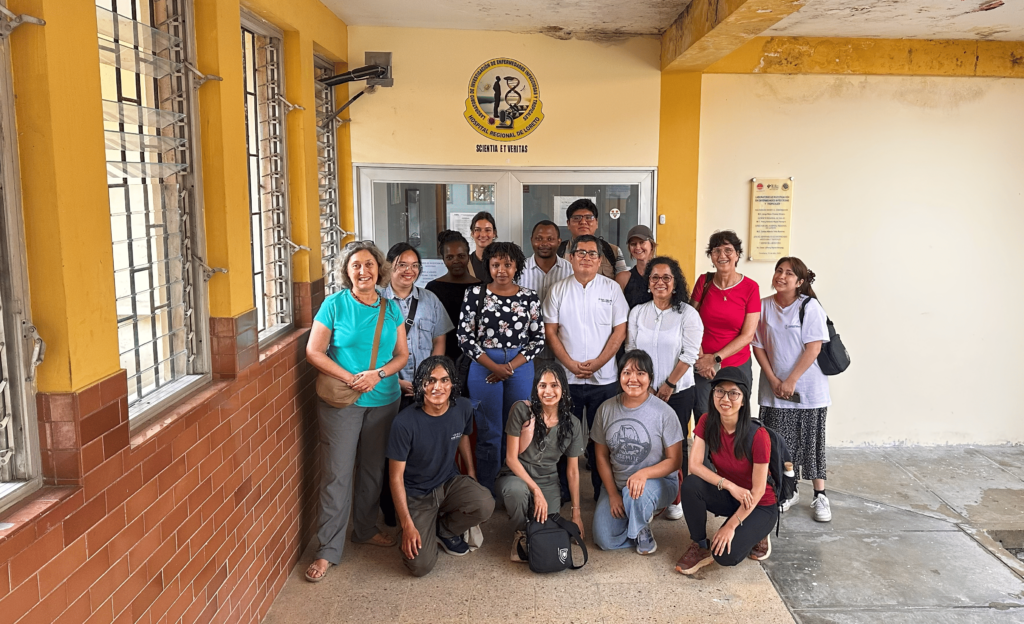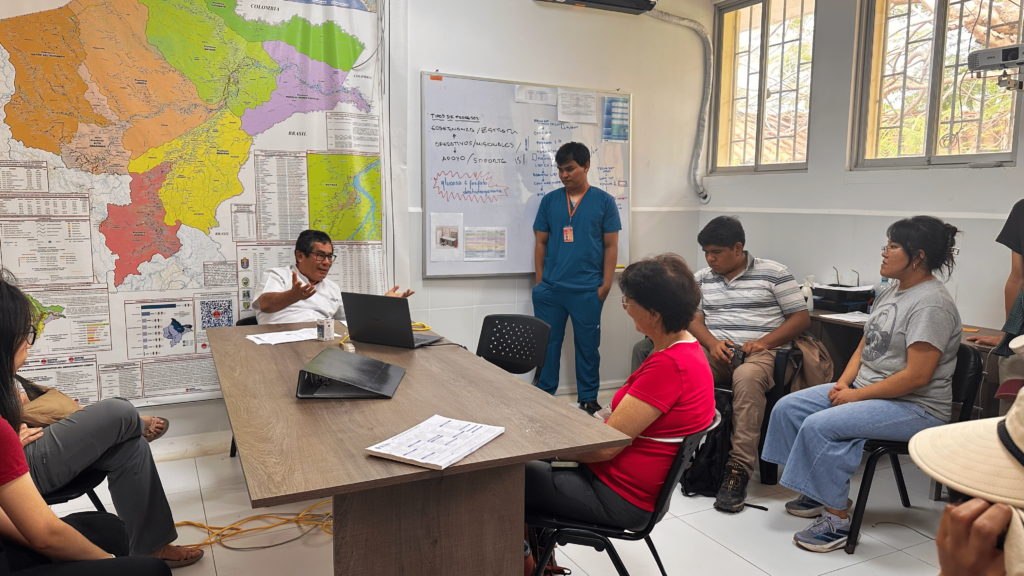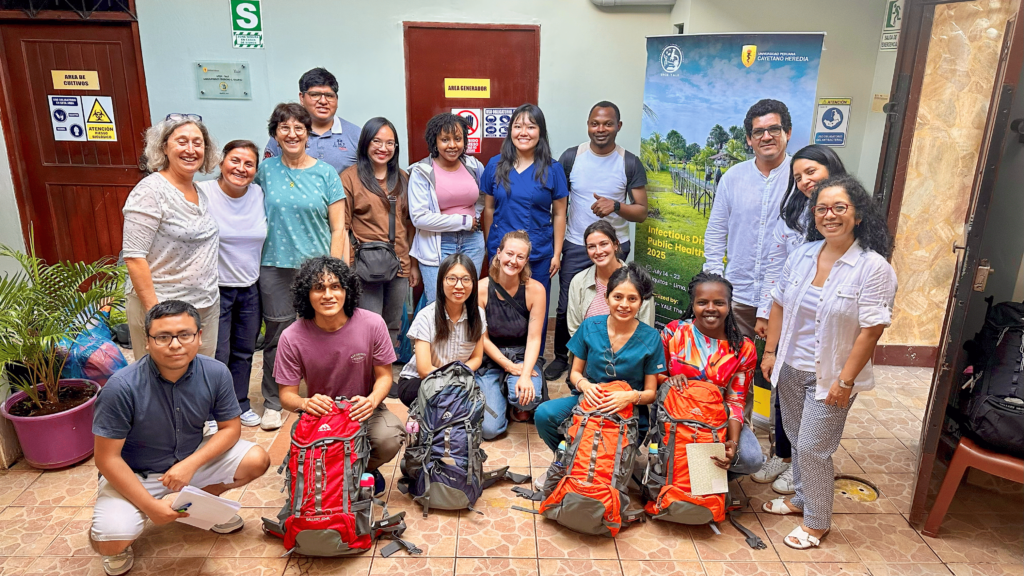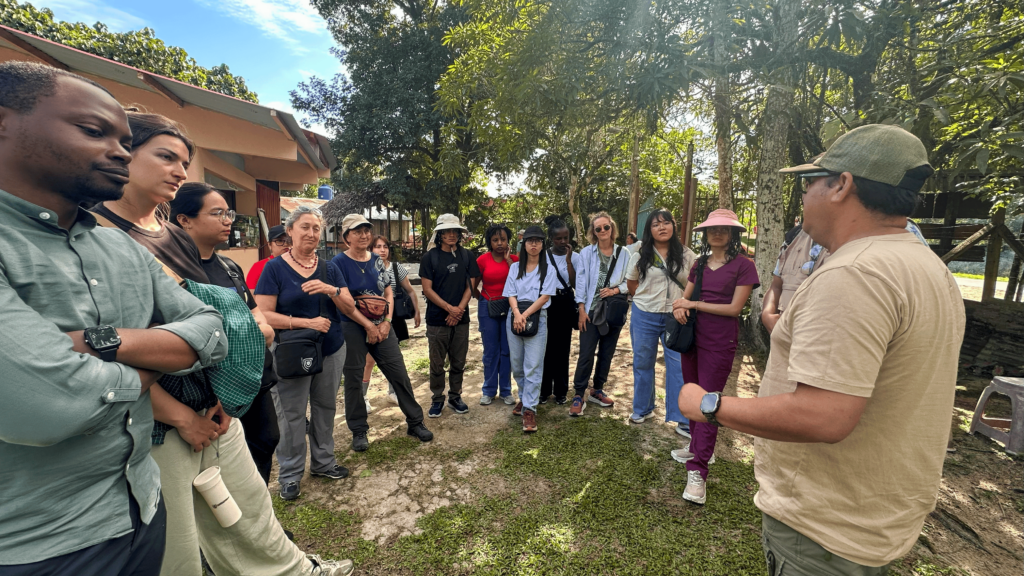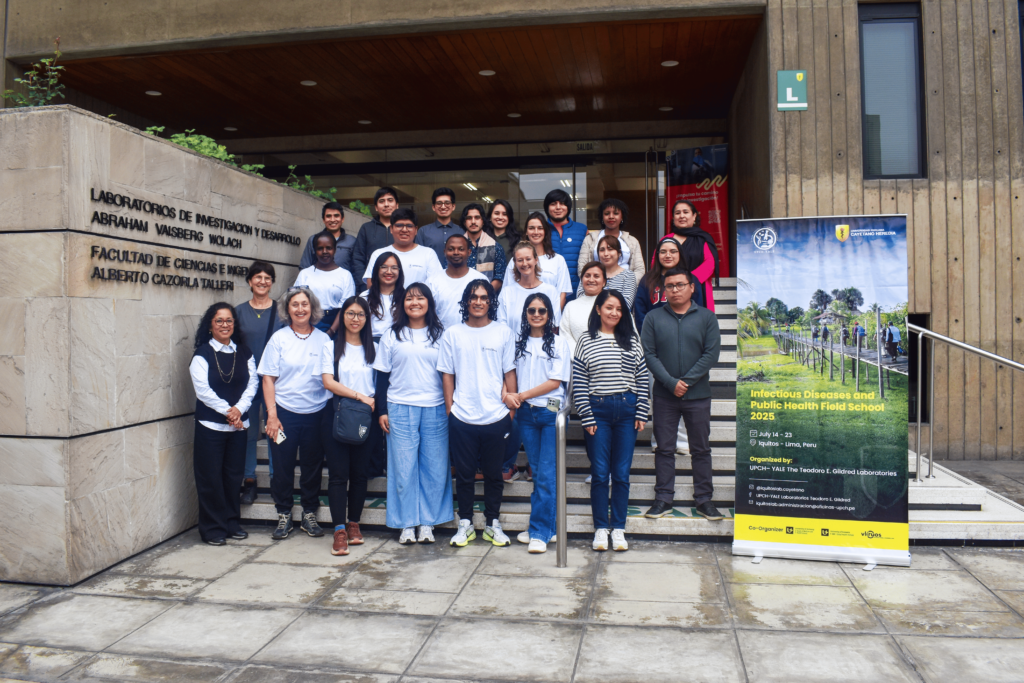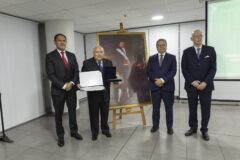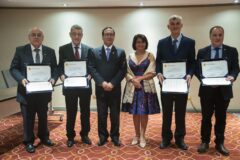Field School 2025: Where the jungle teaches, science listens, and the world meets
Publicado el
Redacción por :
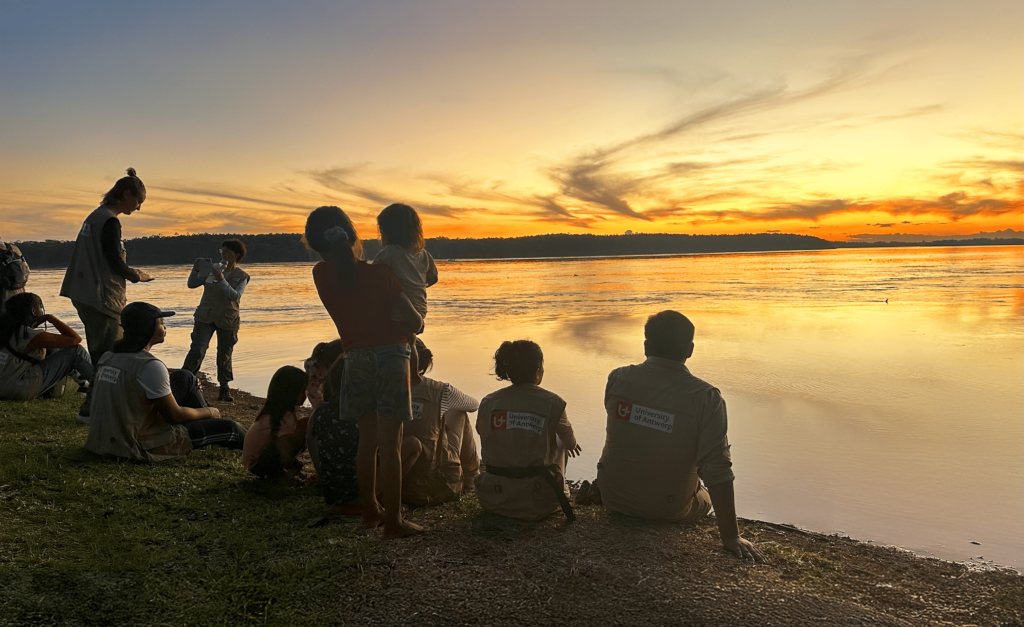
They arrived with backpacks full of expectations. Some had crossed oceans and time zones; others had only heard about the sudden rains of Iquitos. They came from Belgium, the United States, Israel, Vietnam, Kenya, and Peru. Different languages, cultures, and journeys, united by one shared question: how does public health defend itself, build itself, and transform itself from one of the most challenging territories on the planet: the Amazon?
And so began the Infectious Diseases and Public Health Field School 2025, a learning experience not found in books. On July 14, Iquitos became the meeting point for a diverse group of students, professors, and researchers who traveled together to embark on ten days of theory, workshops, fieldwork, and profound immersion. Days earlier, the organizing team from the UPCH–Yale The Teodoro E. Gildred Laboratories had already arrived in the city, fine‑tuning logistics, anticipating challenges, and preparing terrain for an experience that can only be lived firsthand.
Organized in partnership with the University of Antwerp and supported by VLIR‑UOS, the program blended theoretical classes, hands‑on workshops, technical site visits, and immersive fieldwork—connecting participants with communities, researchers, and realities where science is a source of urgency and commitment.
Where public health is walked and spoken
In the first days, the participants visited CIRNA (Center for Research on Natural Resources) at the National University of the Peruvian Amazon (UNAP) and GERESA Loreto, where they toured the insectary and the Parasitology Unit. Through hands-on demonstrations and guided discussions, they learned about vector surveillance, disease diagnosis, and the training and quality control processes for microscopists that underpin public health in the region. It was an early immersion into how institutional collaboration tackles the health challenges of the Amazon.
But learning did not stay within four walls. On July 18, with mountain backpacks, tents, and sleeping mats at the ready, the group traveled to the Salvador community in Mazán district. The journey—by boats that move like living arteries through the jungle—was only the beginning of a journey that would test body, mind, and vocation.
For three days, they camped deep in the Amazon, collecting vectors on nighttime outings,—where the researcher literally becomes bait. They learned to identify species, recognize larval stages, and record real-world data. The jungle spoke—and they listened with magnifying glass in hand and open minds.
They lived firsthand how enrolling a patient in a research study: from the researcher’s respectful approach, to the clear explanation of the study’s objectives, including informed consent, blood sample collection, and field microscopy analysis. Step by step, they saw how each data point transforms into scientific evidence, and how structured surveys reveal the factors driving malaria transmission.
At the same time, they lived among the community—playing with curious children, sharing stories with families—and discovered that behind every clinical case lies a social, geographic, and cultural framework that must also be understood. In the Amazon, public health has a face, a territory, and a river.
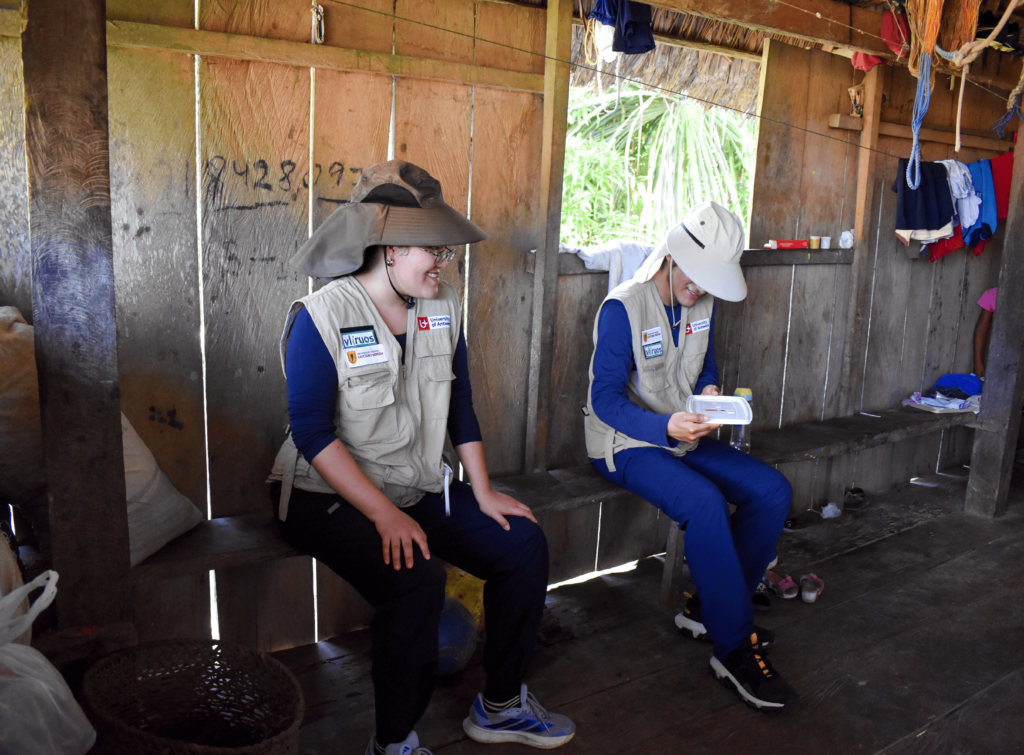
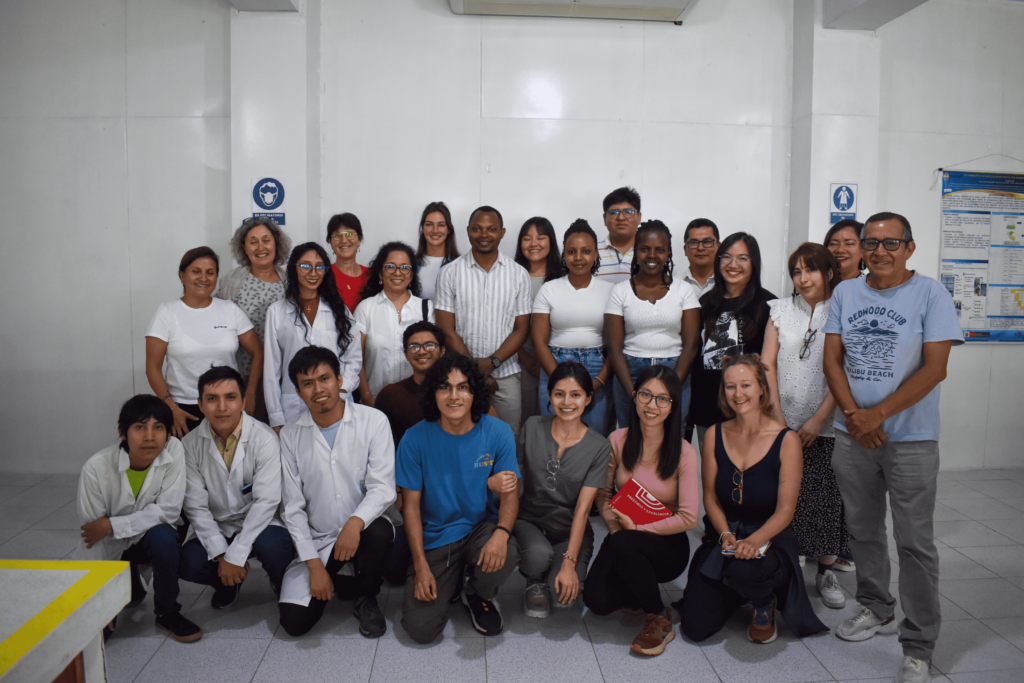
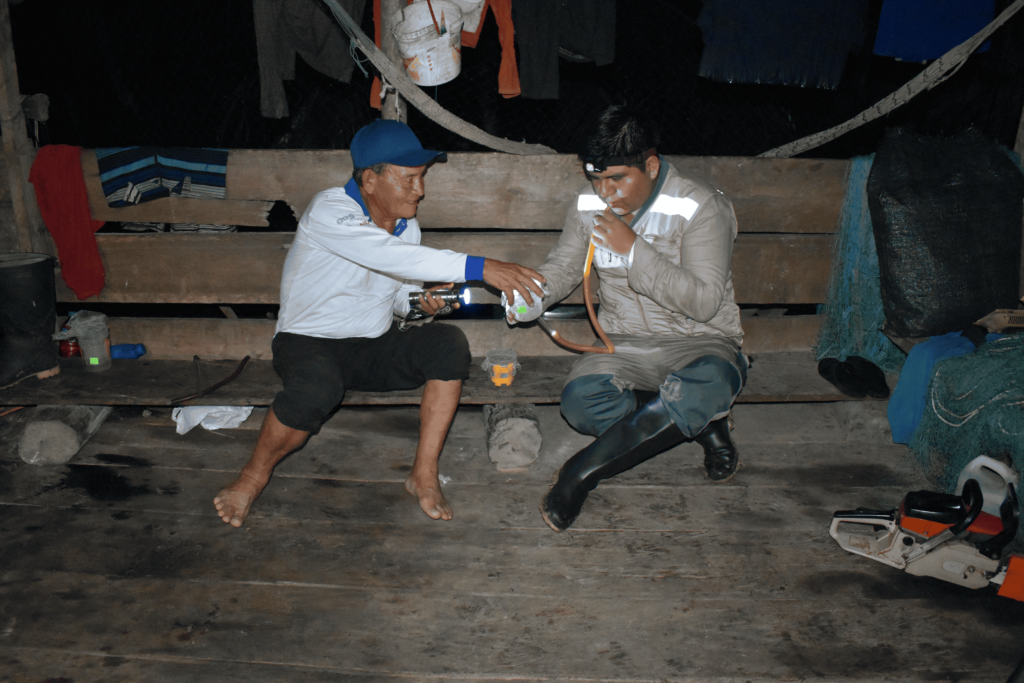
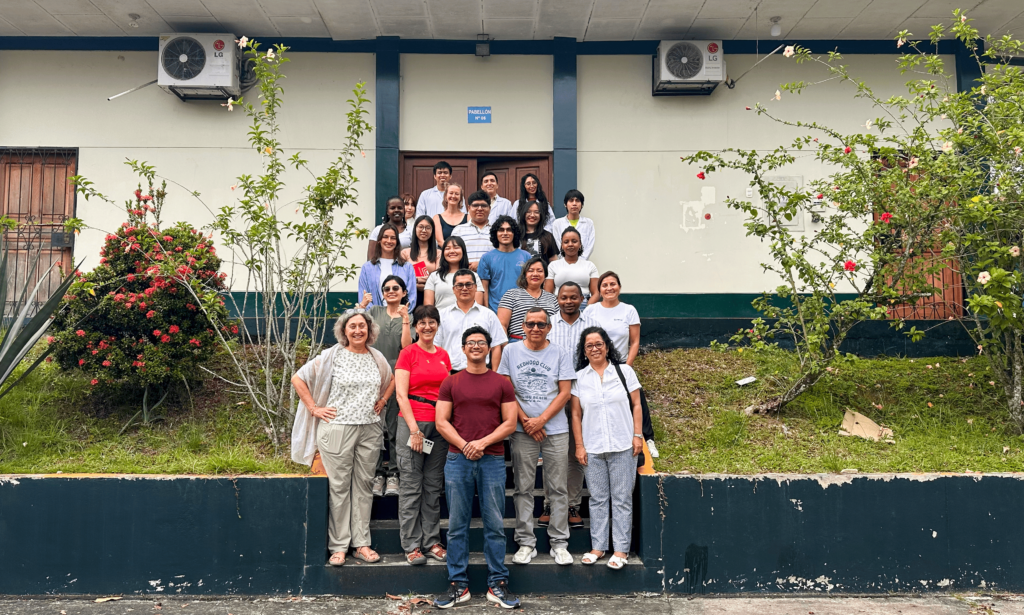
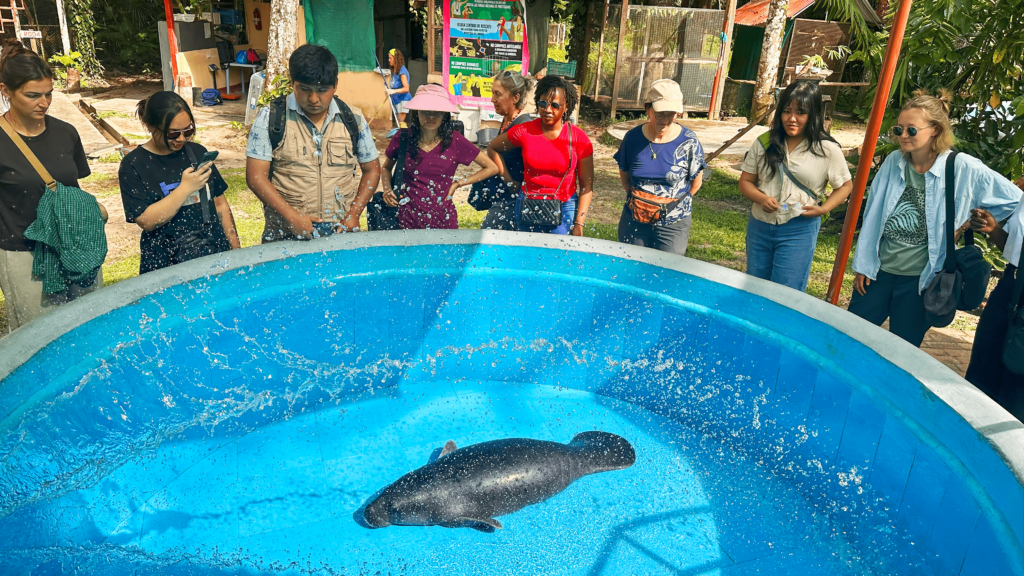
Iquitos: mototaxis, markets, and public health
Back in the city on July 21, they explored urban health challenges. They toured the Belén market, observing sanitary risks in vulnerable zones, and visited the IPRESS I‑4 Moronacocha Health Center, where they learned about the flow of care and local strategies for addressing endemic diseases.
At the Infectious and Tropical Diseases Laboratory of the Loreto Regional Hospital, Dr. César Ramal shared not just equipment and data, but the daily challenges of conducting science in a complex environment. They discussed molecular biology—and logistics, human resources, and sustainable expansion.
As everything in Iquitos moves to the rhythm of mototaxis, traveling between institutions became part of the experience—fast, chaotic, and fascinating.
Science rooted in territory
On July 22, before leaving the jungle behind, the group visited the Amazon Rescue Center (CREA), where they reflected on the tight links between human health, wildlife, and ecosystem conservation. In the Amazon, everything is connected—and science is too.
Back in Lima on July 23, the participants concluded the training program at the main campus of Universidad Peruana Cayetano Heredia, touring specialized labs in the Research and Development Center (LID). They visited the ICEMR and Emerging Diseases Laboratory, the Malaria Laboratory, the Malaria: Parasites and Vectors Laboratory, and the Molecular Epidemiology Unit (UEM)—seeing how field observations and samples become applied science: research that informs control strategies, international publications, and context‑aware solutions for addressing infectious diseases from an interdisciplinary perspective.
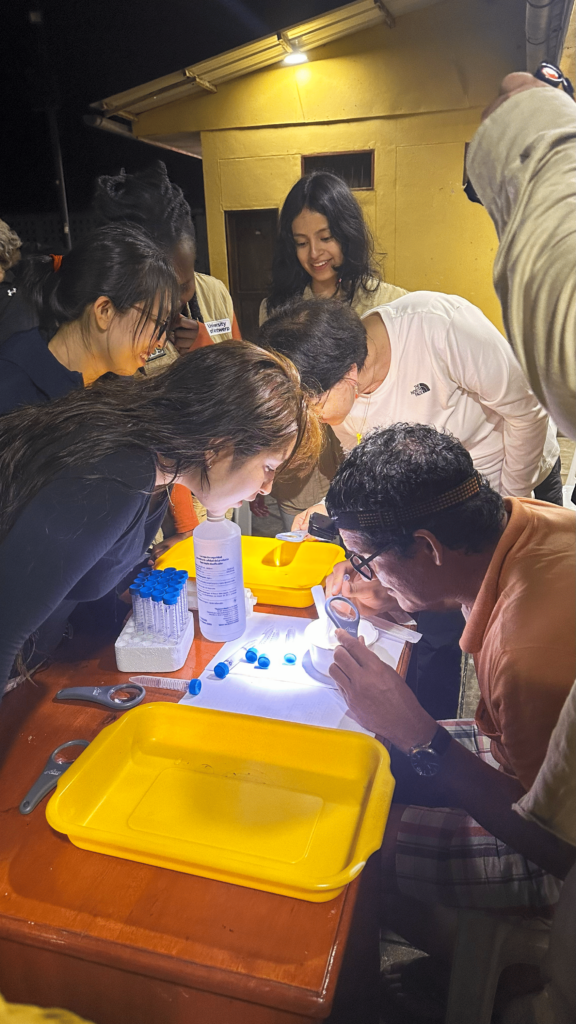
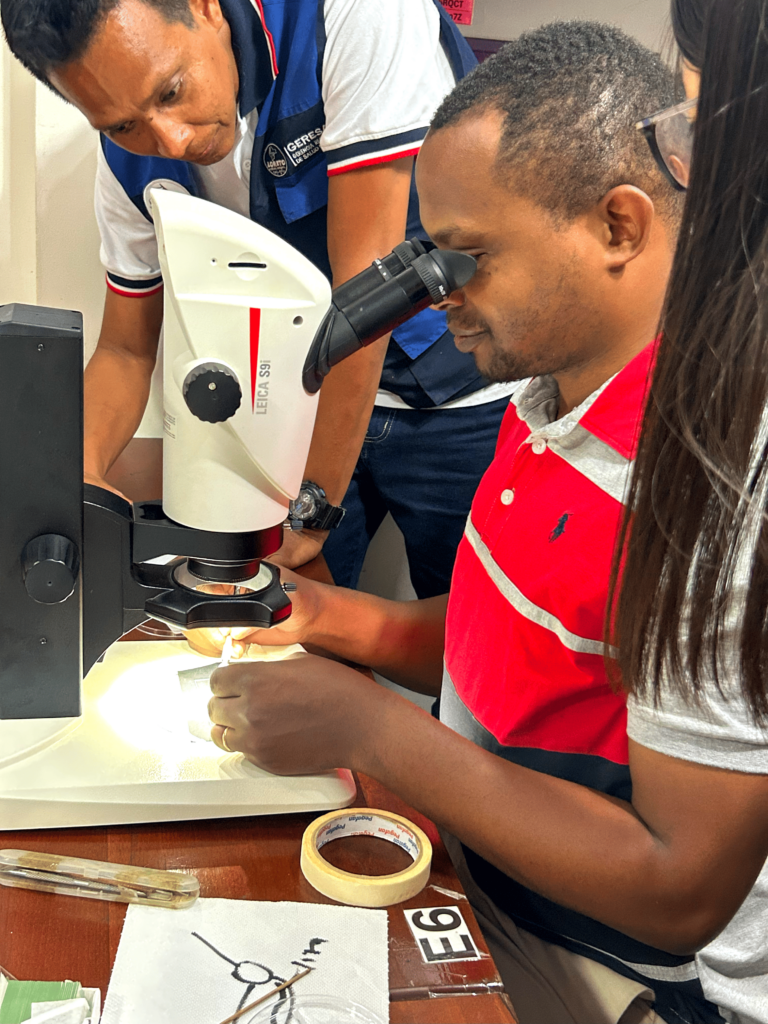
An experience that doesn’t end upon return
For ten days, Field School 2025 was a school without walls, borders, or comforts—but full of learning. Every torrential rain, every sunset over the river, every nighttime conversation left an imprint on the group’s memory with the intensity only real experience brings.
This third edition of the program did more than impart knowledge—it planted new questions, shifted perspectives, and shared a certainty: researching in the Amazon also means learning to read nature’s silence, follow its voices, and understand that science is only meaningful when it walks on land and listens.
From those lived and shared moments, Cayetano Heredia renews its commitment to science with boots, compass, and heart: a science rooted, transforming, and never walking alone.
Because the jungle isn’t just studied. It’s walked, it’s breathed… and it’s appreciated.
Field School 2026 is already underway. And once again, the Peruvian jungle will be a living classroom.
